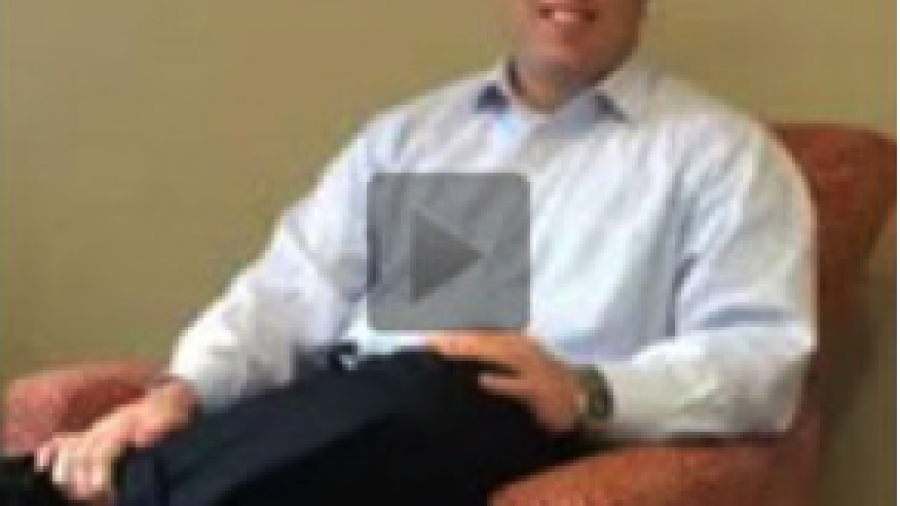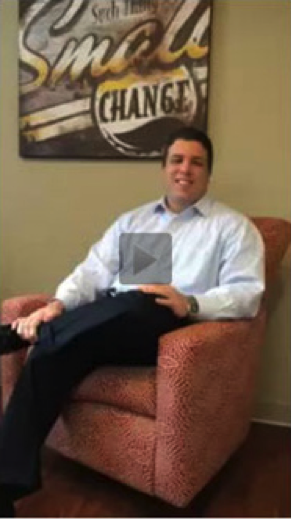There is one sure thing when it comes to communication from the VA: They don’t do much of it. And when I use the term “communication,” I don't mean the dreaded, generic form 20-8992 that the pension management centers will sometimes spit out stating that “We have received your application for benefits. It is our sincere desire to decide your case promptly. However, as we have a great number of claims, action on yours may be delayed.”
 Substantive correspondence from the VA in regards to a pension claim generally boils down to three or four letters during a typical claim process. If you submit an intent to file a claim on VA Form 21-0966 (which is not actually filing the claim itself), you should receive an acknowledgment as well as directions on how to file a formal, fully developed claim. Once the formal claim is filed, you may receive a request for information. As long as you respond within the allowed 30 days, the claim should remain within the fully developed claim track (which is intended to produce quicker decision times). Otherwise, the next notice from the VA is a decision letter, often accompanied by a rating decision on blue paper. After an approval, there may be some additional letters regarding a proposal of incompetency. Assuming that is resolved, that is the extent of it and the client should not expect any other correspondence.
Substantive correspondence from the VA in regards to a pension claim generally boils down to three or four letters during a typical claim process. If you submit an intent to file a claim on VA Form 21-0966 (which is not actually filing the claim itself), you should receive an acknowledgment as well as directions on how to file a formal, fully developed claim. Once the formal claim is filed, you may receive a request for information. As long as you respond within the allowed 30 days, the claim should remain within the fully developed claim track (which is intended to produce quicker decision times). Otherwise, the next notice from the VA is a decision letter, often accompanied by a rating decision on blue paper. After an approval, there may be some additional letters regarding a proposal of incompetency. Assuming that is resolved, that is the extent of it and the client should not expect any other correspondence.
There are essentially three ways to communicate with the VA: mail/email, fax, and phone.
Mail / Email
Traditional mail is the default way to reach the VA and has the advantage of being traceable, whether you use certified mail with return receipt or prefer FedEx or UPS. U.S. mail is also the default way that the VA will communicate with you. You are promised by IRIS – the Inquiry Routing and Information System, which is the VA’s Internet-based public message management system – that you can use it to ask questions and submit complaints, compliments, and suggestions. You access IRIS by completing an online form at https://iris.custhelp.com rather than by directly emailing an inquiry. You can specify that the VA respond in one of three ways: email, telephone, or U.S. mail.
Fax
Faxing to the VA should be a backup method to mail rather than an alternate. It allows you to respond promptly when a deadline is involved. You should ensure, of course, that some record of the fax confirmation is kept with the file. The three pension management centers have their own dedicated fax lines that were updated in July 2014 to the following:
Philadelphia: (215) 842-4410
Milwaukee: (215) 842-4430
St. Paul: (215) 842-4420
Phone
Calling the VA National Call Center at the number (800) 827-1000 or the pension management centers at (877) 294-6380 may be the most direct way to make inquiries regarding a particular claim. To do so, the proper forms naming you as an authorized caller must be in the VA file. You are warned that calling cold, without an appointment time, will result in a lengthy wait time. It is better to call after hours, when you are prompted to schedule a phone call so that the VA calls you back at a specific date and time. This can be done a week in advance, but slots fill quickly, so keep your schedule flexible. Once you speak to an agent, there is little direct information that they can tell you about a claim other than to state what phase it is in (Development, Decision, or Notification). They may also disclose that a decision has been made or that a request for information is pending, but they will not go into specifics.
The point of following up by phone is to track that a claim has been logged in and that it is moving through the process, even if there may not be much more to learn than that. At the very least, it forces somebody at the VA to look at the claim, and if there is anything off base about the claim, it’s better to know sooner rather than later.
Phone calls from the VA to the client or representative are much less common. Once in a while an employee will call with an inquiry; however, they are more likely to call an assisted living facility or family member for confirmation of some fact, rather than the attorney’s office.
Regardless of the method you choose to communicate with the VA, you must remember that you are often the most vital link for your clients to the VA and often their only way of understanding what the VA is trying to communicate in regards to their pension claim.
If you aren't a Lawyers With Purpose member and want to learn about the nuts and bolts of the proposed VA changes…and what it means for your practice join our FREE WEBINAR on Wednesday, August 19th at 4 EST. Click here now to register.
By Sabrina A. Scott, Paralegal, The Elder & Disability Law Firm of Victoria L. Collier, PC and Director of VA Services for Lawyers With Purpose
Victoria L. Collier, Veteran of the United States Air Force, 1989-1995 and United States Army Reserves, 2001-2004. Victoria is a Certified Elder Law Attorney through the National Elder Law Foundation; Author of “47 Secret Veterans Benefits for Seniors”; Author of “Paying for Long Term Care: Financial Help for Wartime Veterans: The VA Aid & Attendance Benefit”; Founder of The Elder & Disability Law Firm of Victoria L. Collier, PC; Co-Founder of Lawyers for Wartime Veterans; and Co-Founder of Veterans Advocate Group of America.











